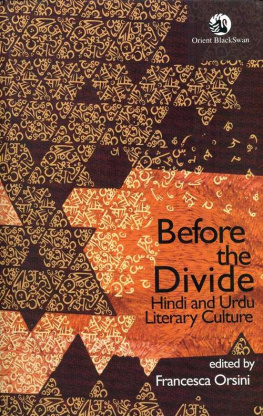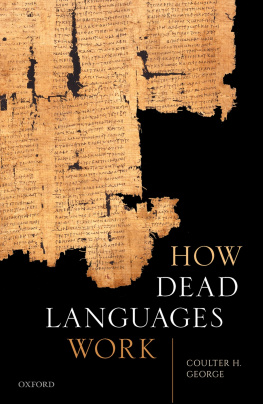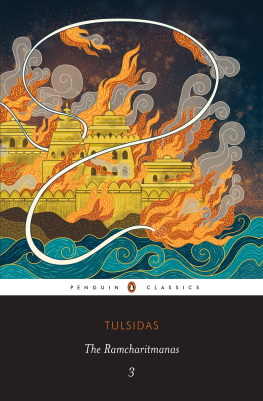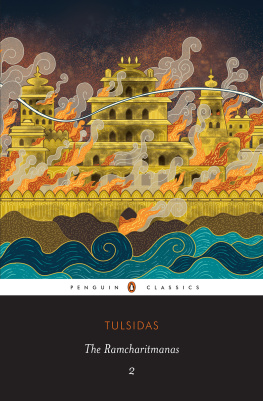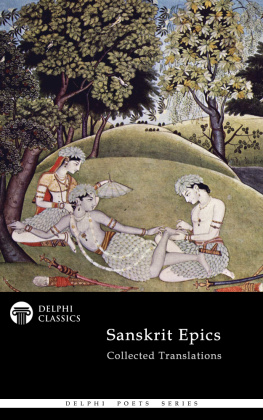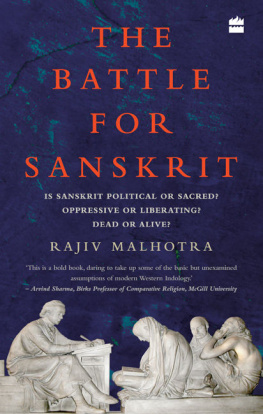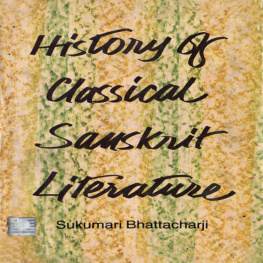Aditya Malik - Hammīra: Chapters in Imagination, Time, History
Here you can read online Aditya Malik - Hammīra: Chapters in Imagination, Time, History full text of the book (entire story) in english for free. Download pdf and epub, get meaning, cover and reviews about this ebook. year: 2021, publisher: Walter de Gruyter GmbH & Co KG, genre: Religion. Description of the work, (preface) as well as reviews are available. Best literature library LitArk.com created for fans of good reading and offers a wide selection of genres:
Romance novel
Science fiction
Adventure
Detective
Science
History
Home and family
Prose
Art
Politics
Computer
Non-fiction
Religion
Business
Children
Humor
Choose a favorite category and find really read worthwhile books. Enjoy immersion in the world of imagination, feel the emotions of the characters or learn something new for yourself, make an fascinating discovery.

- Book:Hammīra: Chapters in Imagination, Time, History
- Author:
- Publisher:Walter de Gruyter GmbH & Co KG
- Genre:
- Year:2021
- Rating:5 / 5
- Favourites:Add to favourites
- Your mark:
Hammīra: Chapters in Imagination, Time, History: summary, description and annotation
We offer to read an annotation, description, summary or preface (depends on what the author of the book "Hammīra: Chapters in Imagination, Time, History" wrote himself). If you haven't found the necessary information about the book — write in the comments, we will try to find it.
This book is about the legendary Rajput chieftain Hammira Chauhan, the king of the impregnable fortress of Ranthambore in southern Rajasthan who died in 1301 CE after a monumental battle against Alauddin Khalji, the sultan of Delhi. This singular event reverberates through time to the point of creating a historical and cultural region that crystallizes through copious texts composed in different genres and languages (Persian, Sanskrit, Hindi, Rajasthani, English) in shifting religious and political contexts, medieval as well as modern.
The main poetical-historical work composed in Sanskrit, the Hammira-Mahakavya (great poem) by the Jaina poet Nayachandra Suri (15th century), is propelled by a dream in which the dead king urges the poet to write about his deeds. Can history with its preoccupation for the factual, begin in a dream? What does it mean to think about history and time via the imagination? Is time, whether past, present or future linked to imagination? Do imagination, time, and history arise together? What are the implications of thinking of history as something that appears in our experience? What does it mean to write a history as a historical being in whom diverse temporalities intertwine in the here and now?
Aditya Malik: author's other books
Who wrote Hammīra: Chapters in Imagination, Time, History? Find out the surname, the name of the author of the book and a list of all author's works by series.

